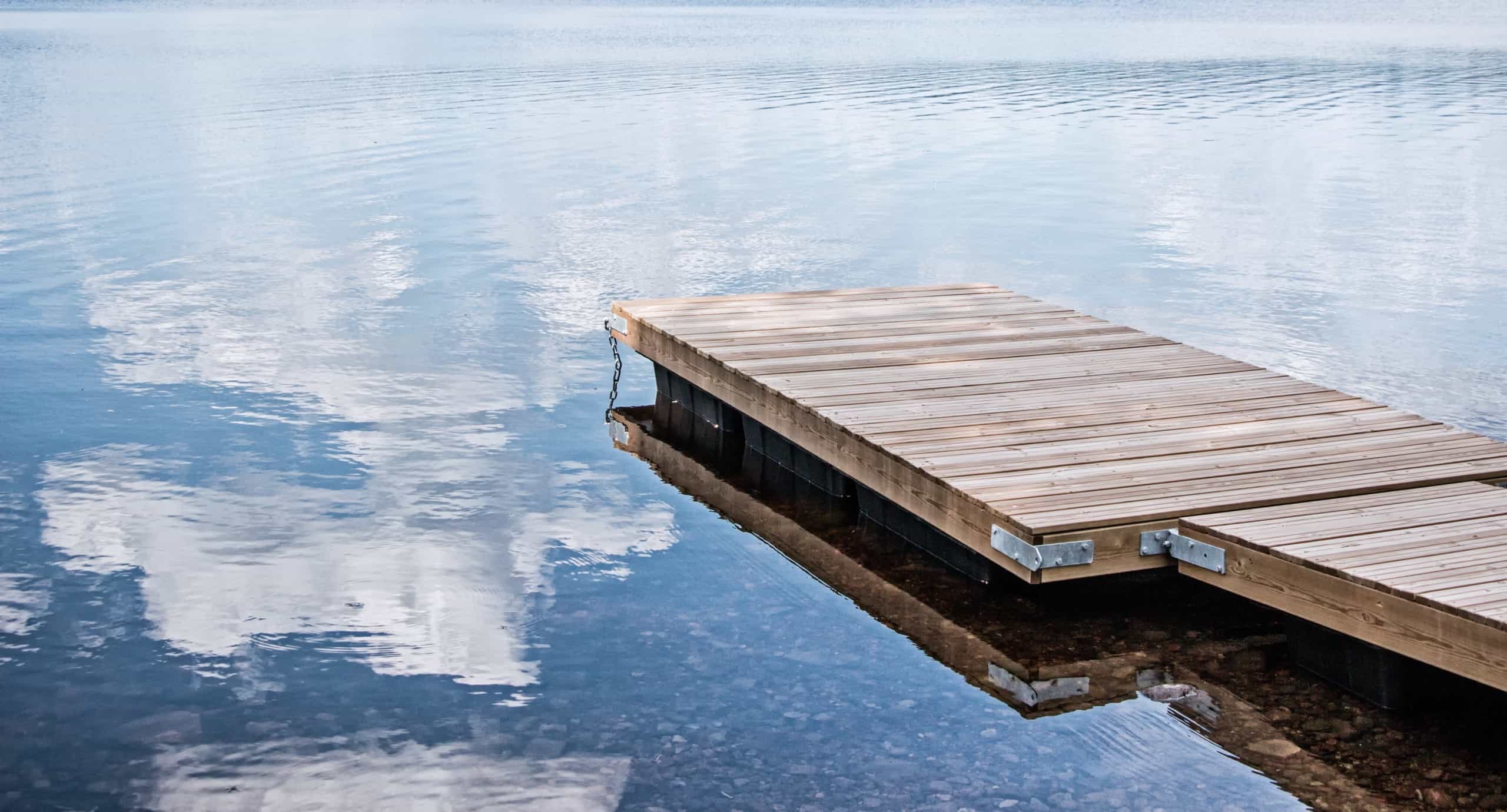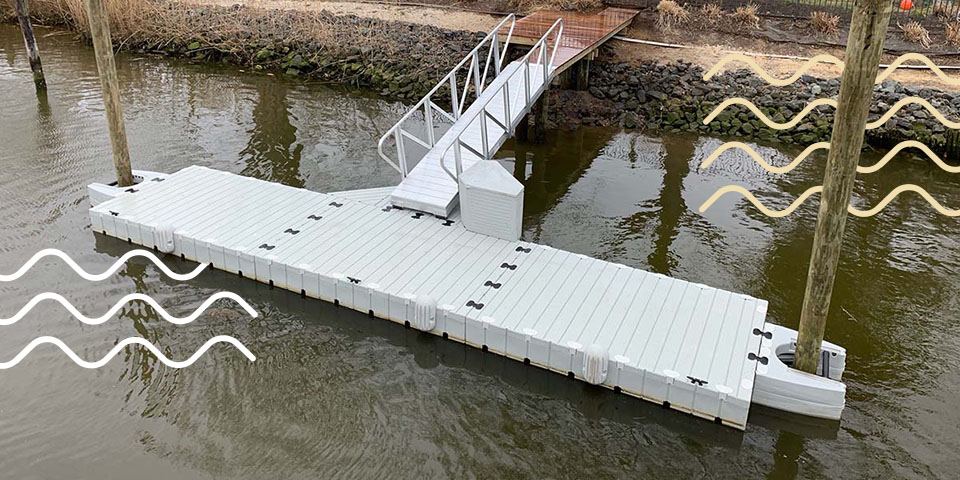Crafting Custom Solutions: Why a Floating Dock Builder is Important for Distinct Requirements
Crafting Custom Solutions: Why a Floating Dock Builder is Important for Distinct Requirements
Blog Article
Upgrade Your Beachfront With Resilient Floating Docks
Upgrading your waterfront with durable floating docks can significantly enhance both performance and appearances, offering a flexible remedy for numerous water activities. With a variety of materials offered, including low-maintenance alternatives and traditional wood, picking the ideal dock can complement your personal style and satisfy useful requirements.
Advantages of Floating Docks
Floating docks offer a wide range of benefits that improve their charm for numerous maritime applications. Among the primary advantages is their adaptability to transforming water degrees - dock company. Unlike conventional set docks, floating docks surge and autumn with the trend, making certain constant access for boats and watercraft no matter of environmental problems. This attribute dramatically reduces the danger of damage to vessels, as they stay safely anchored also throughout changes in water deepness.
Additionally, floating docks are easier to mount and move, giving versatility for momentary or seasonal usage. Their modular design enables modification to fit specific demands, whether for exclusive marinas, domestic waterfronts, or business applications.
Furthermore, floating docks create very little disturbance to the aquatic environment, protecting regional ecosystems and decreasing the possibility of erosion. They likewise give improved safety and security and security for customers, as their resilient nature provides a much more forgiving surface area than inflexible structures.
Additionally, floating docks can assist in a varied series of tasks, such as fishing, swimming, and recreational boating, making them a useful property for waterside development. Their convenience and functionality make floating docks a preferred selection for a selection of marine projects.
Choosing the Right Materials
Selecting proper products for floating docks is crucial to their longevity, performance, and total effectiveness. When picking materials, take into consideration aspects such as environmental direct exposure, upkeep demands, and architectural integrity. Common products consist of timber, plastic, light weight aluminum, and composite choices, each offering distinct benefits and negative aspects.
Timber, while cosmetically pleasing, requires regular upkeep to avoid rot and decay. Pressure-treated wood can improve toughness, but it might still give in to water damages with time. Plastic floats, commonly made from high-density polyethylene, are resistant to deterioration and call for very little maintenance, making them an appealing selection for low-maintenance applications.
Light weight aluminum is another viable choice, known for its strength and lightweight residential or commercial properties. It is resistant to corrosion and can stand up to rough weather, although it may be a lot more costly than other materials. Composite materials integrate the very best qualities of timber and plastic, providing a low-maintenance and resilient alternative that resembles the look of wood without the associated drawbacks.
Inevitably, the choice of product must straighten with the intended usage, ecological factors to consider, and budget restrictions, making sure a practical and sturdy floating dock that satisfies your details needs.
Setup Process Review
The effective setup of a floating dock relies upon mindful preparation and implementation, guaranteeing that it operates efficiently in its intended environment. The very first step involves evaluating website problems, consisting of water depth, shoreline attributes, and dominating climate patterns, which will certainly inform the dock style and anchoring system.
Complying with the site analysis, the next phase is to prepare the floating dock components. This consists of assembling the frame, safeguarding floats, and connecting any kind of required hardware. It is important to guarantee that all links are robust and water-resistant why not look here to hold up against marine problems.
As soon as the dock is put together, the installation procedure begins with placing the dock in the water. This can include a crane or other training tools, especially for bigger structures. Correct placement is important for capability and safety.

Upkeep Tips for Durability
Normal maintenance is important for making certain the longevity and optimal performance of a floating dock. To attain this, start with routine examinations at the very least twice a year, concentrating on the integrity of the dock's structure, including the flotation protection tools and linking hardware. Try to find indicators of damages, deterioration, or wear, and deal with any kind of issues immediately to stop further deterioration.
Cleaning up is one more essential facet of upkeep. Get rid of debris, algae, and barnacles from the dock's surface area to stop slippery problems and Homepage preserve aesthetic appeal. Utilize a moderate cleaning agent and a soft brush to prevent harming the dock's products.
Furthermore, make certain that the dock is appropriately secured and safeguarded to stand up to seasonal adjustments in water degrees and climate condition. Inspect the anchoring system for stability and make changes as essential.
Enhancing Your Exterior Visual
To create a visually enticing exterior space, incorporating a floating dock can significantly enhance the total aesthetic of your waterfront building. Floating docks are not just practical yet can additionally offer as a striking focal point that complements the natural surroundings - floating dock builder. Readily available in numerous materials and layouts, these docks can be tailored to match your home's architectural design and landscape
The enhancement of decorative elements, such as integrated lights or fashionable railings, further boosts the dock's visual charm. Take into consideration utilizing natural timber finishes, which blend effortlessly with the atmosphere, or going with modern products like aluminum or composite decking that provide a smooth, modern look.
Tactically positioning planters or seating areas on or around the dock can produce welcoming rooms that encourage relaxation and pleasure of waterside sights. Furthermore, incorporating shades and textures that integrate with your landscape will create a cohesive aesthetic throughout your exterior area.

Final Thought

Upgrading your waterside with long lasting floating docks can substantially enhance both performance and aesthetic appeals, giving a functional remedy for various water tasks. Unlike traditional set docks, floating docks surge and loss with the trend, ensuring consistent access for watercrafts and boat no matter of environmental problems.Choosing ideal materials for floating docks is important to their longevity, efficiency, and total efficiency.When the dock is assembled, the installment process starts with placing the dock in the water.In recap, floating docks offer various advantages, consisting of adaptability to water degree changes and a range of product alternatives.
Report this page